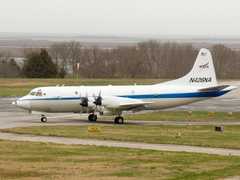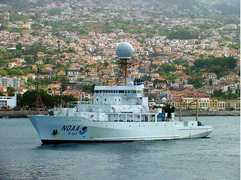The High-Performance Liquid Chromatograph (HPLC) is an in situ ground-based analyzer used to separate and identify components in a sample of air or a mixture. It works by injecting a liquid into the sample, causing different flow rates for each component as they pass through the column. As each component exits the column, their concentrations are measured at a high resolution. In Earth science research, HPLC is commonly used to detect various trace species in the atmosphere, such as formaldehyde, hydrogen peroxide, and volatile organic compounds (VOCs). Although primarily used for laboratory analysis and ground-based measurements, it can also be employed for airborne measurements.

Instrument Details
- Meter/Analyzer
- Earth Science > Atmosphere > Atmospheric Chemistry > Carbon And Hydrocarbon Compounds > FormaldehydeEarth Science > Atmosphere > Atmospheric ChemistryEarth Science > Atmosphere > Atmospheric Chemistry > Carbon And Hydrocarbon CompoundsEarth Science > Atmosphere > Air Quality > Volatile Organic CompoundsEarth Science > Atmosphere > Air QualityEarth Science > Atmosphere > Atmospheric Chemistry > Hydrogen CompoundsEarth Science > Atmosphere > Atmospheric Chemistry > Hydrogen Compounds > Hydroperoxy
- Land Surface, Troposphere
- Variable
- Point
- Variable
- Currently unavailble
Currently unavailable
Currently unavailable
Currently unavailable
Currently unavailable
Currently unavailable
Filter data products from this instrument by specific campaigns, platforms, or formats.







